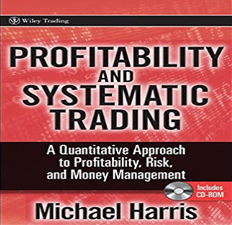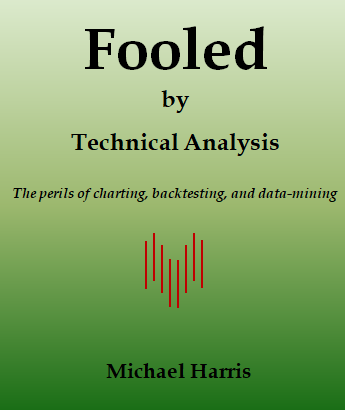After a rare 7-sigma drop in the stock market, macro analysts should consider their recent analysis, and tactical asset allocators should not celebrate any outperformance. The markets are in an “unforgiving regime.”
A two-day drop of more than 10% in the S&P 500 has only occurred 6 times since 1945, with two of those during the 1987 flash crash and the other two during the GFC crash.

The forward 5-day performance after these rare two-day crashes was mixed: After the 1987 flash crash, the market recovered slowly. After the second rare event during the GFC crash, the market gained nearly 19%, but during the pandemic crash, there was a loss in the following 5 days. Below is a histogram of two-day returns for the S&P 500 index.
The two-day 10.5% drop this week was a 7-sigma event based on the sample since 1945 and is reminiscent of the one that occurred during the 2020 crash due to the pandemic. Now, there is a “tariff pandemic” that could lead to similar economic conditions as back in 2020, such as a supply shock.
Note that most macro analysts were bullish on US stocks coming into this week due to “solid” growth prospects and have failed to consider the ramifications of the tariff policy. They should reflect on this mistake.
In addition, tactical asset allocators who outperformed the market this week should not be taking victory laps. Outperforming the market with even a simple moving average is straightforward during a 7-sigma drop. Typically, tactical asset allocation significantly underperforms the stock market because it prioritizes risk-adjusted returns over performance. Our six-strategy ensemble fell 2.4% this week as compared to a loss of 9.1% for the S&P 500, but we do not consider this a reason for taking a victory lap. Long-short Dow-30 stocks, which gained 2.9% for the week, were one of the best strategies and served as a hedge. On average, this strategy underperforms the S&P 500 consistently and by a wide margin. The reason it exists is to maximize risk-adjusted returns. The result is the ensemble’s underperformance over the long term. The outcome is a trade-off and nothing to brag about.
Conclusion
This week, the market experienced a 7-sigma two-day event, a phenomenon that has only happened five other times since 1945.
Most macro analysts failed to consider the possible effects of the “tariff war.” Although tactical allocators outperformed this week, their outperformance is rare and underperformance is the norm.
Data indicates the development of a challenging market regime, particularly for traders, with a decreasing frequency of reflex rallies. A severe lack of short selling in the market has limited its ability to rebound, as there is less pressure from short covering. Therefore, the market is waiting for bulls to return, and this may take a while since passive investors just started to consider selling and getting out. However, much will depend on the reaction of the government and the central bank. Take note of the Fed’s apparent reluctance to cut at this point, which is intensifying the selling pressure.
Subscribe below for notifications of new posts and updates from the Price Action Lab Blog and get the free PDF book “Profitability and Systematic Trading” (Wiley, 2008).
Premium Content
By subscribing, you have immediate access to hundreds of articles. Premium Articles subscribers have immediate access to more than two hundred articles, and All in One subscribers have access to all premium articles, books, premium insights, and market signal content.
Specific disclaimer: This article includes charts that may reference price levels. If market conditions change the price levels or any analysis based on them, we may not update the charts. All charts in this article are for informational purposes only. See the disclaimer for more information.
Disclaimer: We only provide the articles for informational purposes, not as investment advice or actionable content. We do not warrant the accuracy, completeness, fitness, or timeliness for any particular purposes of the articles. You should never treat the articles as financial advice. The author of this website is not a registered financial adviser. Before subscribing, please read our Disclaimer and Terms and Conditions.
Charting and backtesting program: Amibroker. Data provider: Norgate Data
If you found this article interesting, you may follow this blog via RSS, email, or Twitter.








